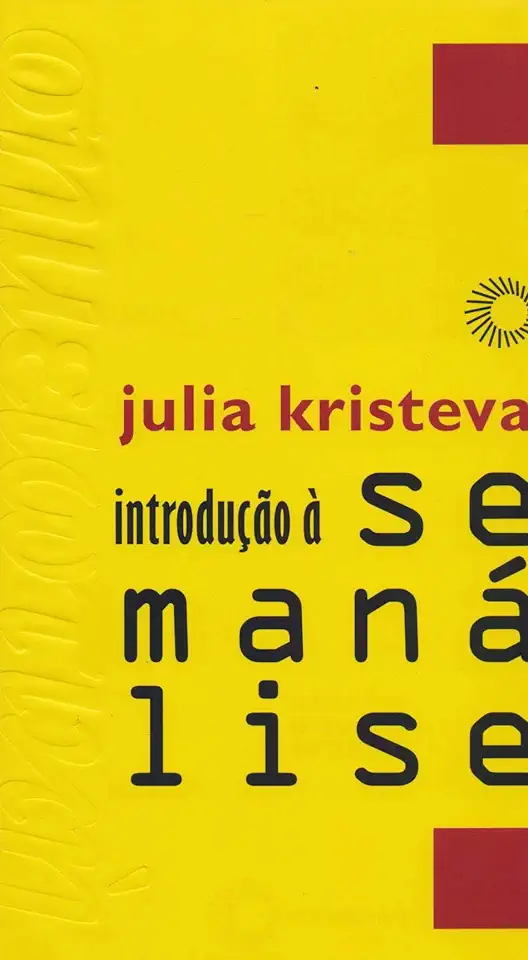
Introduction to Semanalysis - Julia Kristeva
Introduction to Semanalysis: Julia Kristeva
A Revolutionary Approach to Understanding Language and Meaning
In her groundbreaking work, "Introduction to Semanalysis," Julia Kristeva introduces a revolutionary approach to understanding language and meaning. Drawing on insights from linguistics, psychoanalysis, and philosophy, Kristeva develops a theory of semanalysis that challenges traditional notions of language as a transparent medium of communication. Instead, she argues that language is a complex and dynamic system that shapes our experience of the world and our relationships with others.
Key Concepts and Ideas
At the heart of Kristeva's theory is the concept of the signifier, which she defines as the material form of language, such as words, sounds, or images. Kristeva argues that signifiers are not simply neutral symbols that represent fixed meanings, but rather that they are invested with a range of associations and emotions. These associations are shaped by our personal experiences, our culture, and our unconscious desires.
Kristeva also introduces the concept of the signified, which is the meaning or concept that is associated with a signifier. However, Kristeva argues that the signified is not something that is fixed and unchanging, but rather that it is constantly shifting and evolving. This is because the meaning of a signifier is not simply determined by its dictionary definition, but also by the way it is used in a particular context and by the way it interacts with other signifiers.
The Semiotic Chora
Kristeva's theory of semanalysis is grounded in the concept of the semiotic chora, which she describes as a pre-linguistic space of pure potentiality. The semiotic chora is the realm of the unconscious, where meaning is not yet fixed and where anything is possible. It is in the semiotic chora that new meanings and new ways of understanding the world are born.
Applications of Semanalysis
Kristeva's theory of semanalysis has been applied to a wide range of fields, including literary criticism, psychoanalysis, and cultural studies. In literary criticism, semanalysis has been used to analyze the ways in which language creates meaning in literary texts. In psychoanalysis, semanalysis has been used to explore the unconscious processes that shape our thoughts and behaviors. In cultural studies, semanalysis has been used to analyze the ways in which culture is produced and consumed.
Conclusion
"Introduction to Semanalysis" is a challenging and rewarding work that offers a new way of understanding language and meaning. Kristeva's theory of semanalysis is a powerful tool for analyzing the ways in which language shapes our experience of the world and our relationships with others. It is a must-read for anyone interested in linguistics, psychoanalysis, or cultural studies.
Why You Should Read This Book
If you are interested in understanding the complex relationship between language and meaning, then "Introduction to Semanalysis" is a must-read. Kristeva's groundbreaking work offers a new way of thinking about language that will challenge your assumptions and open up new possibilities for understanding the world around you.
Here are a few reasons why you should read "Introduction to Semanalysis":
- It is a groundbreaking work that has revolutionized the way we think about language and meaning.
- It is a challenging and rewarding read that will stay with you long after you finish it.
- It is a valuable resource for anyone interested in linguistics, psychoanalysis, or cultural studies.
- It is a must-read for anyone who wants to understand the complex relationship between language and meaning.
Order Your Copy Today!
"Introduction to Semanalysis" is available now from all major booksellers. Order your copy today and start your journey into the world of semanalysis!
Enjoyed the summary? Discover all the details and take your reading to the next level — [click here to view the book on Amazon!]